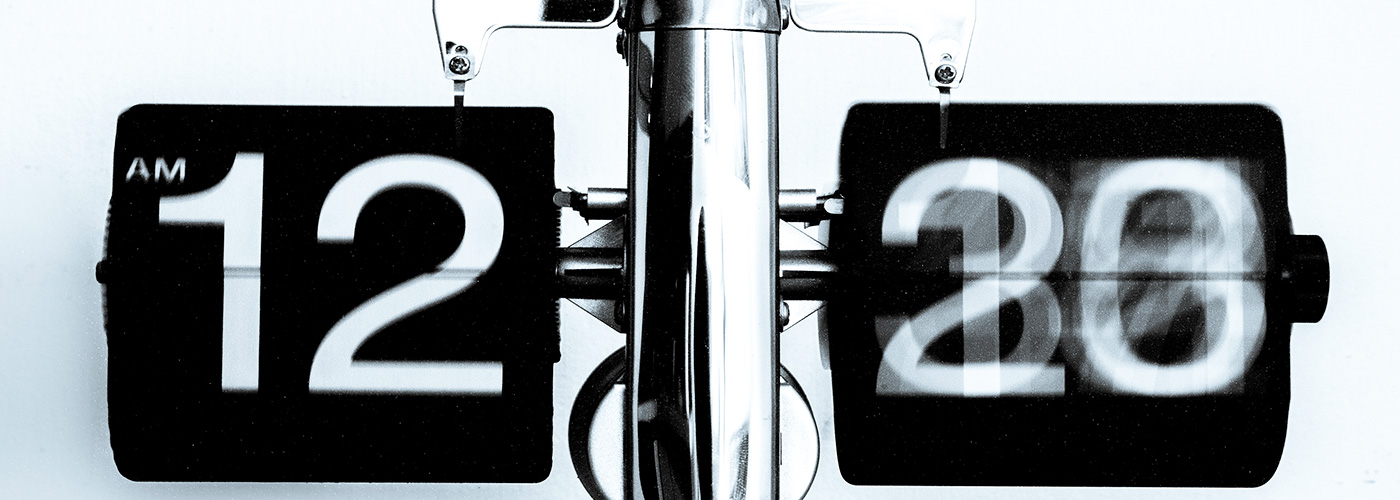I’m known as a busy guy. That’s what happens when you help run a company, invest in startups, advise other startups, and write 500 blog posts and articles per year. That doesn’t even take into account being a husband and father, participating in the school and community, and reading 50 blog posts and articles per day.
No matter how busy you are, it’s up to you to avoid burnout. Tweet This Quote
Yet while I’m very busy, I’m also very careful to avoid burnout. I’m no stranger to burnout. When I was in college, I exploited an error in Stanford’s original online class registration system to take double the normal course load, while also writing for the paper, directing an improv comedy troupe, tutoring freshmen on writing, teaching public speaking and counseling, and manning a suicide hotline. Now, that was a bit much. My roommate woke up in the middle of the night because I had a nightmare and was shouting “I resign! I resign!” in my sleep.
Don’t let this happen to you. Now that I’m older and wiser, I’ve worked out a five-step approach to recharging in a hurry.
1. Corporate cross-training
Cross-training in athletics refers to switching sports, rather than burning yourself out with the same exercises and drills over and over. As a corporate athlete, cross-training refers to regularly shifting activities. I consciously shift from activity to activity. First, I might work on a blog post. Next, I might answer emails. After that, I might read and highlight a scholarly article. The idea is to keep changing what you’re doing so you don’t have a chance to get bored and burn out.
Keep changing what you’re doing so you don’t have a chance to get bored and burn out. Tweet This Quote
2. Interval training
Interval training in athletics refers to alternating high-intensity exercise with conscious rest periods. I do the same thing in my life. I use the Pomodoro Method (20 minutes of sprinting, followed by 5 minutes of rest). This keeps me fresh, and also gives me convenient reminders to shift activities as part of my cross-training.
3. Regular exercise
Everyone knows that exercise is critical for health, stamina, and happiness. But who has time to go to the gym? Not me. So I bring the gym to me. During those 5 minute “rest” periods during my day, I do quick sets of exercises. These can be anything from sit-ups to running in place to a complete 7-minute calisthenic workout. If you stick to this routine, you’ll get more than your daily allowance of exercise, and break up your day.
If you don’t have time to go to the gym, bring the gym to you. Tweet This Quote
4. Regular meals and snacks
Exercising willpower (“executive function”) depletes your bloodstream’s supply of glucose. The best way to keep your energy levels up is to eat regularly. I often cite a study on Israeli parole boards, which found that 60 percent of inmates received parole when they went before the board immediately after lunch, compared with 5 percent when they went before the board immediately before lunch. I snack each morning at 10:30 a.m., eat lunch around 12:30 p.m., and have an afternoon snack around 3 or 4 p.m.
5. Sleep when you need it
It’s hard for me to get a full eight hours of sleep at night—I have kids who like to wake up early and a dog who tends to wake me up in the middle of the night to play with our insomniac neighbor’s dog. Rather than wandering around in a zombie-like state of fatigue, I simply sleep when I need it. Whenever I’m tired, and I don’t have a pressing emergency, I simply lie down for a 10-15 minute nap. Sometimes, I’ll take two or more naps if I’m feeling run down. It takes far less time than running to Starbucks, with far greater results. In fact, I took a nap right before starting this post!
Rather than wandering around in a zombie-like state of fatigue, simply sleep when you need it. Tweet This Quote
These recharging techniques don’t even mention ways in which you can use other people to help you recharge—things like catching up with friends, spending time with loved ones, and participating in regular social activities. But the beauty of these five techniques is that you can apply them even if you’re a solo founder working out of your parents’ basement. If you follow them, you’ll be able to keep yourself running at top efficiency and productivity, even if you have a busy schedule.
A version of this post originally published in October 2013. It has been updated and republished to inspire further conversation.



